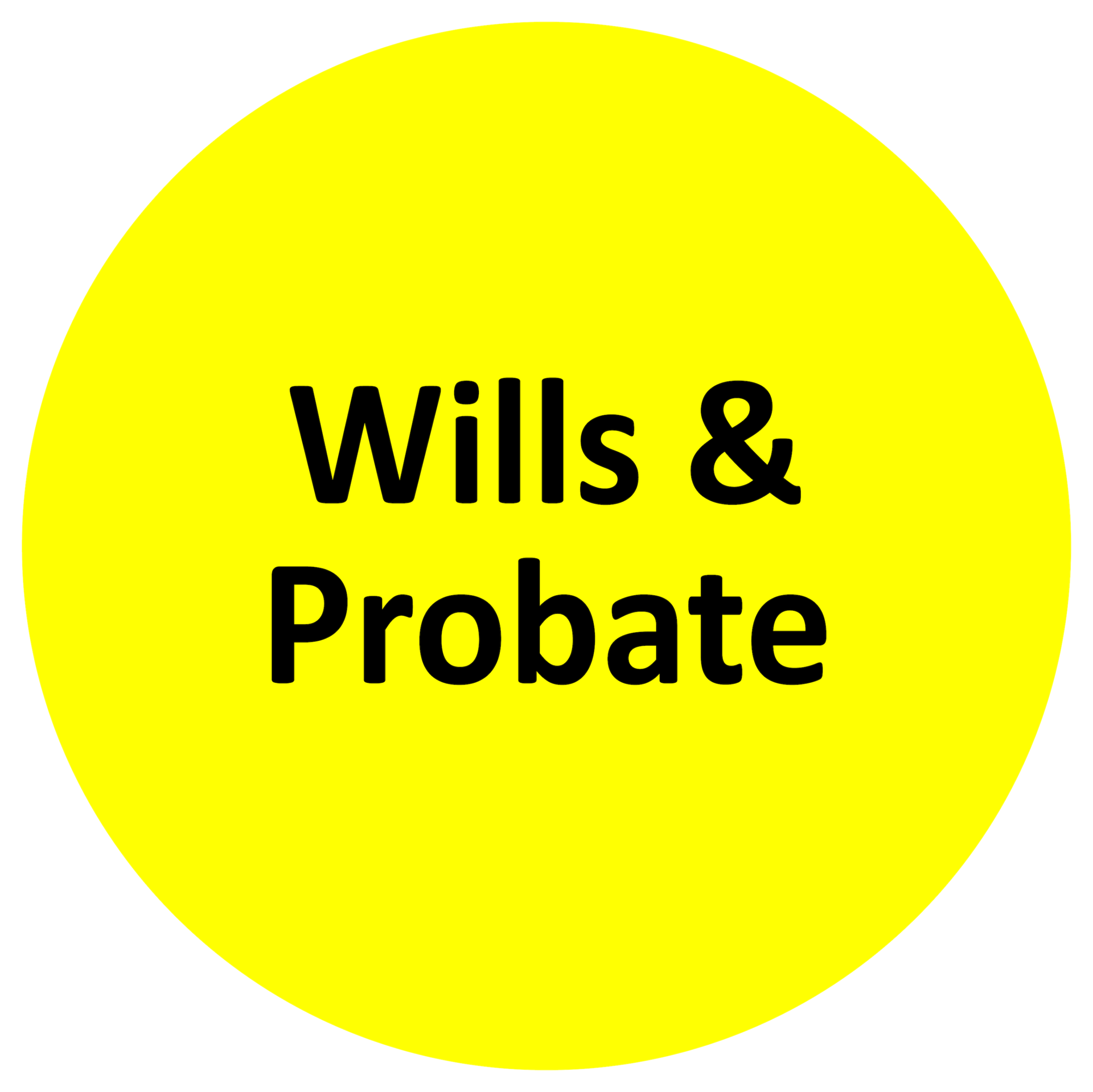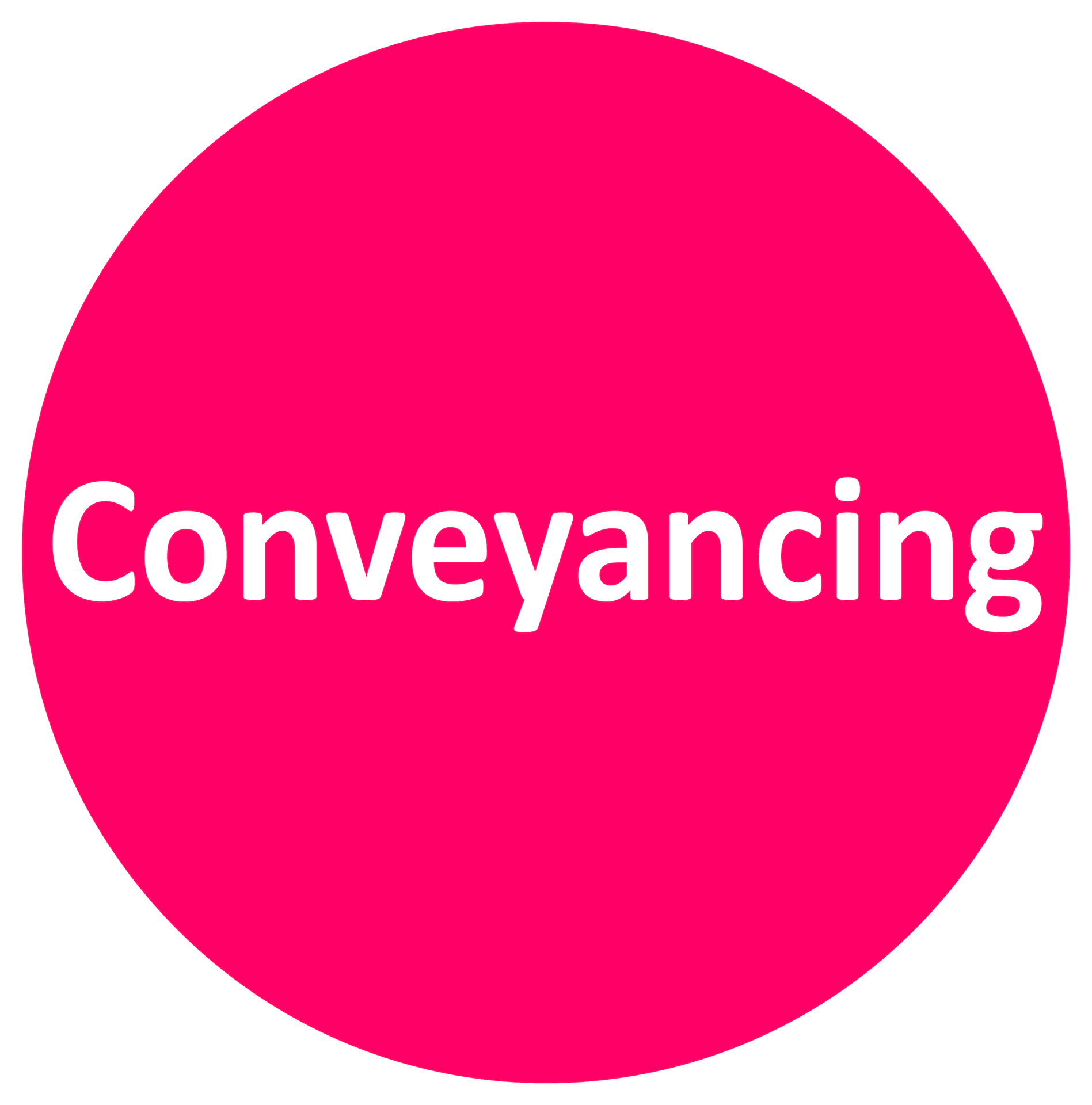SDLT: When Buying a House - What Is It, and When Do I Pay It?
Posted on 15th February 2024
Understanding Stamp Duty Land Tax (SDLT)
Stamp Duty Land Tax (SDLT) is a tax paid on the purchase of property or land over a certain price. It's an important consideration for anyone involved in a property transaction.
Fixed-fee Conveyancing Solicitors:
MG Legal's leading Conveyancing Solicitors offer all of our Conveyancing services on a clear, fixed-fee rate.
Our team put your first, and work with care to ensure that your wishes are met. Call us today on a free, no-obligation basis at: 01772 783314.

Get in touch today to speak to our Conveyancing Solicitors.
A Brief History of SDLT
The origins of SDLT can be traced back to the Treasury of the Kingdom of England, established in the reign of King Henry I. The Treasury, which emerged from the Royal Household, was where the king kept his treasures. Over time, the Treasury evolved, and by the early 1700s, it had established mechanisms for collecting taxes, including stamp duty, which played a pivotal role in the development of the nation's financial system.
SDLT Rates
The rates of SDLT vary based on the price of the property and its use (residential, commercial, or mixed). Residential rates are progressive and depend on factors like the property price and whether you're a first-time buyer or own multiple properties. For commercial properties and mixed-use properties, like farmland, SDLT rates and thresholds are different, usually depending on the property's value and specific use.
When Do You Pay SDLT?
SDLT is payable when you buy a property above a certain value. The exact thresholds and rates can vary, and there are specific rules for first-time buyers, additional properties, and non-residential properties. As of 2024, the SDLT thresholds in England are:
For residential properties, the nil-rate threshold is £250,000.
For first-time buyers, the nil-rate threshold is £425,000, provided the property cost does not exceed £625,000.
For commercial properties, the nil-rate threshold is £150,000.
These thresholds determine the minimum property value at which SDLT becomes payable. The rates applicable above these thresholds vary depending on the type and value of the property. For more detailed information on the SDLT thresholds, you can refer to the UK Government's official website on SDLT changes.
Why choose MG Legal Solicitors?

Transparent fees.
Our solicitors offer their services on a clear fixed-fee or hourly rate, and accept personal injury claims on a no win no fee basis.

We are the experts.
Here at MG Legal, our team of friendly solicitors are fully-qualified and have over thirty years' experience in helping clients just like you.

Regular communication.
When you work with MG Legal, your solicitor will be in regular contact so you have step-by-step updates.

Multiple office locations.
If you are looking to instruct our solicitors, we have offices in Garstang, Longridge, Lancaster and Lytham for your convenience.
SDLT and Commercial Properties
For commercial properties, SDLT is paid at different rates compared to residential properties. This includes office buildings, shops, and other business-related properties. The rates are typically based on the purchase price and are calculated in bands.
In 2024, the Stamp Duty Land Tax (SDLT) rates for commercial properties in England are as follows:
For properties up to £150,000: 0% SDLT rate.
For the portion from £150,001 to £250,000: 2% SDLT rate.
For the portion above £250,000: 5% SDLT rate.
These rates are applicable to non-residential and mixed-use properties, including commercial properties. It's crucial to determine the correct classification of the property for accurate SDLT calculation.
SDLT on Mixed-Use Properties
Properties of mixed use, such as those combining residential and commercial elements or farmland with residential buildings, have their own set of SDLT rules. The tax is often calculated on the entire transaction value, considering both residential and non-residential components.
In 2024, the SDLT rates for farmland in England are determined based on the classification of the property as either residential, non-residential, or mixed-use. Non-residential property, which includes working farms and agricultural land, has different SDLT rates compared to residential properties. For non-residential and mixed-use properties, the SDLT rates are as follows:
Up to £150,000: 0%
The next £100,000 (from £150,001 to £250,000): 2%
The remaining amount (above £250,000): 5% For residential properties, higher rates apply.
It's important to note that how the property is classified can significantly impact the amount of tax due. Most farm sales involving a farmhouse, buildings, and land being farmed are classified as mixed-use. However, HMRC closely scrutinises claims for mixed use, especially if the property is not a working farm. For more details on SDLT for farmland and its classification, you can refer to the Farmers Weekly's article on stamp duty and farmland.
MG Legal: Your Conveyancing Experts
At MG Legal, we specialise in providing expert conveyancing services. With offices in Preston, Lancaster, and our new office serving the people of Lytham, we're well-positioned to assist you in understanding and navigating the complexities of SDLT. Whether you're buying a commercial property, investing in farmland, or purchasing your first home, our team is here to ensure a smooth and compliant transaction.
Why choose MG Legal, Conveyancing Solicitors?

Clear, fixed-fees

Fully-Qualified Conveyancing Solicitors

Tailored Service

Multiple Office Locations

Decades of Experience

Home Visits
Tagged as: Conveyancing, Stamp Duty
Share this post:




